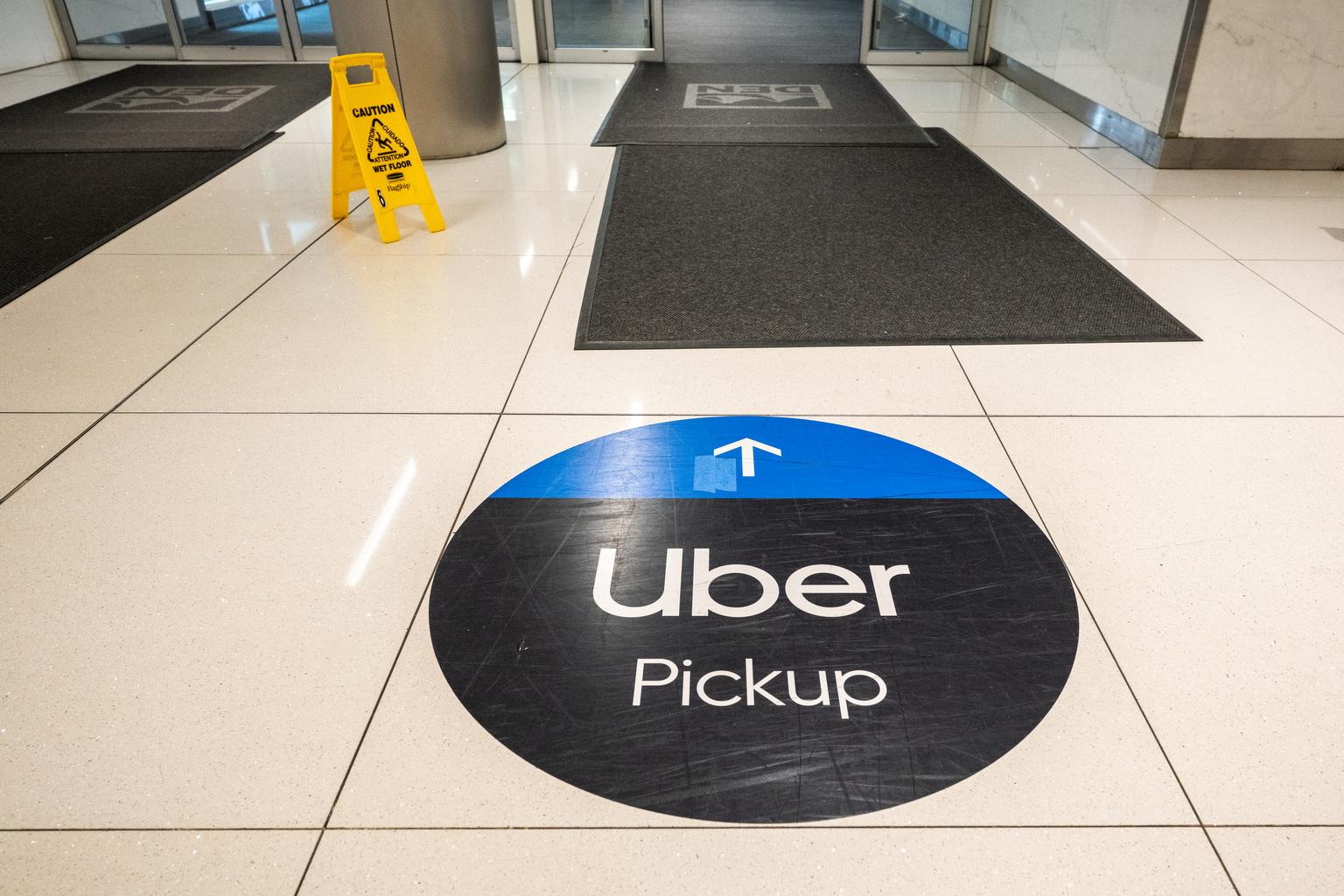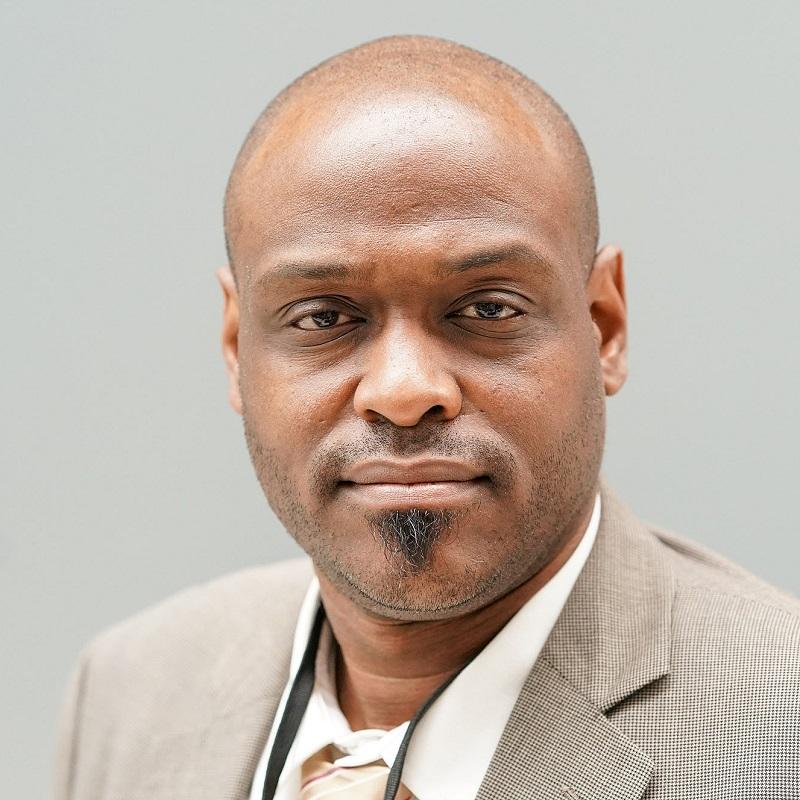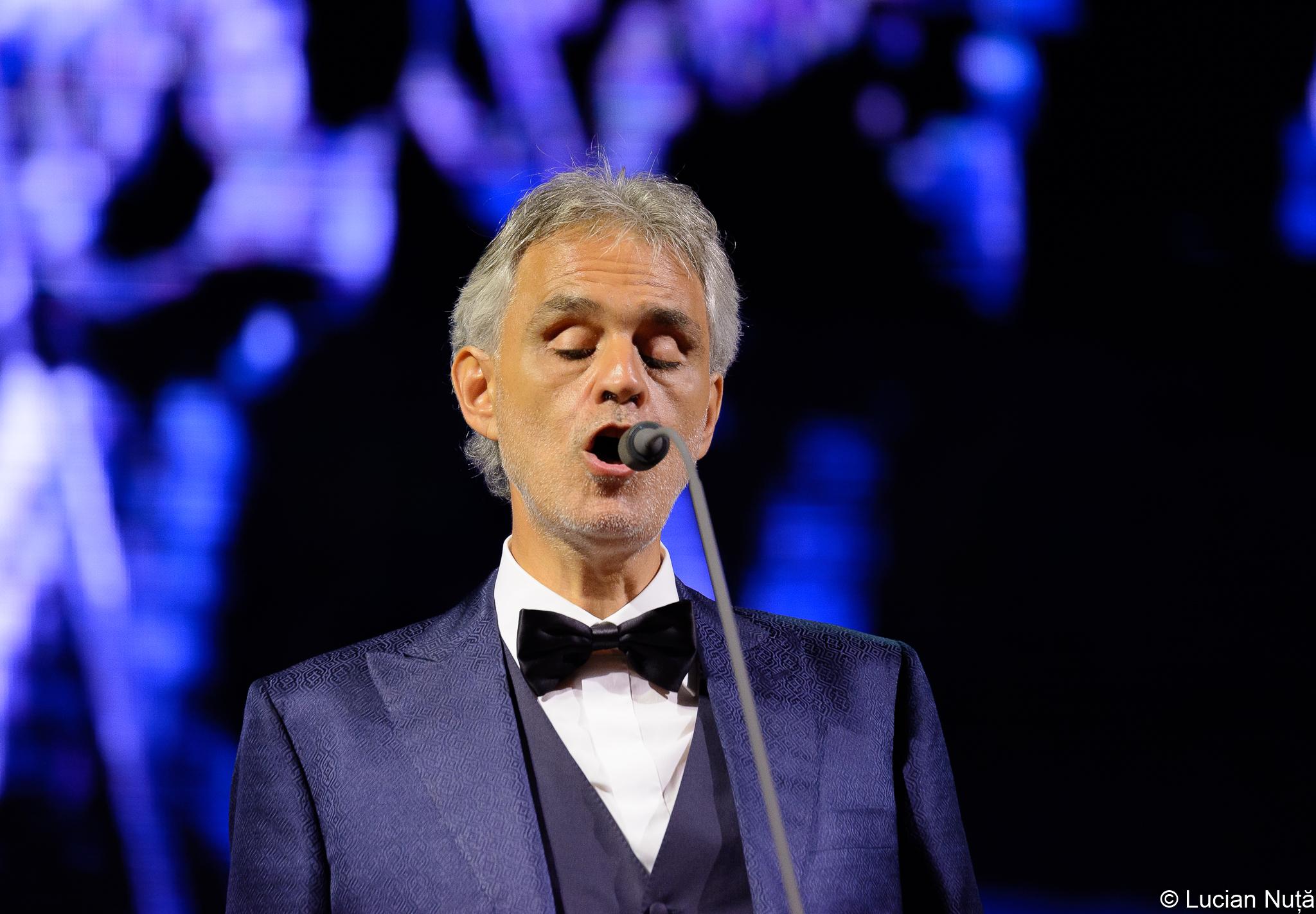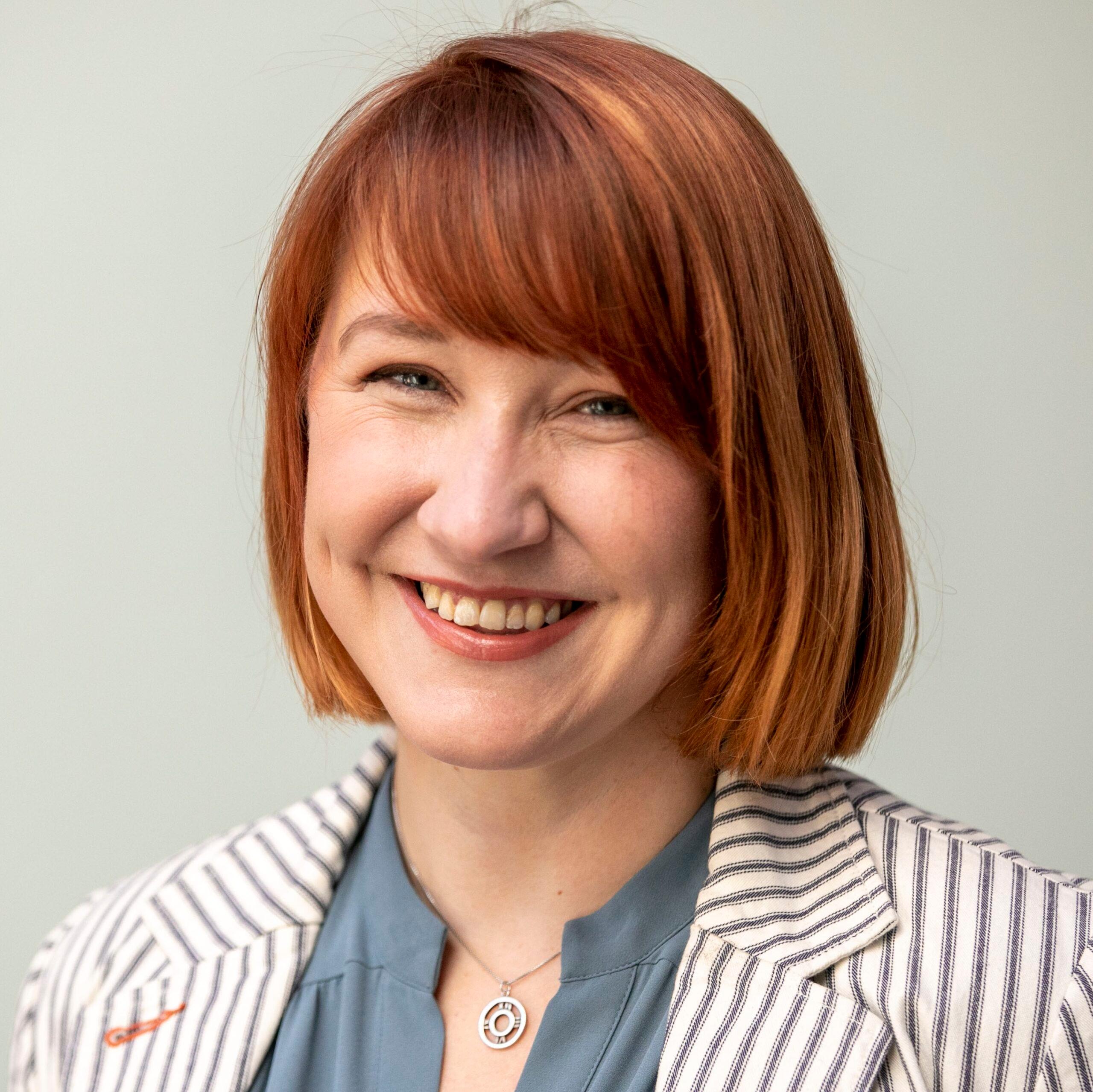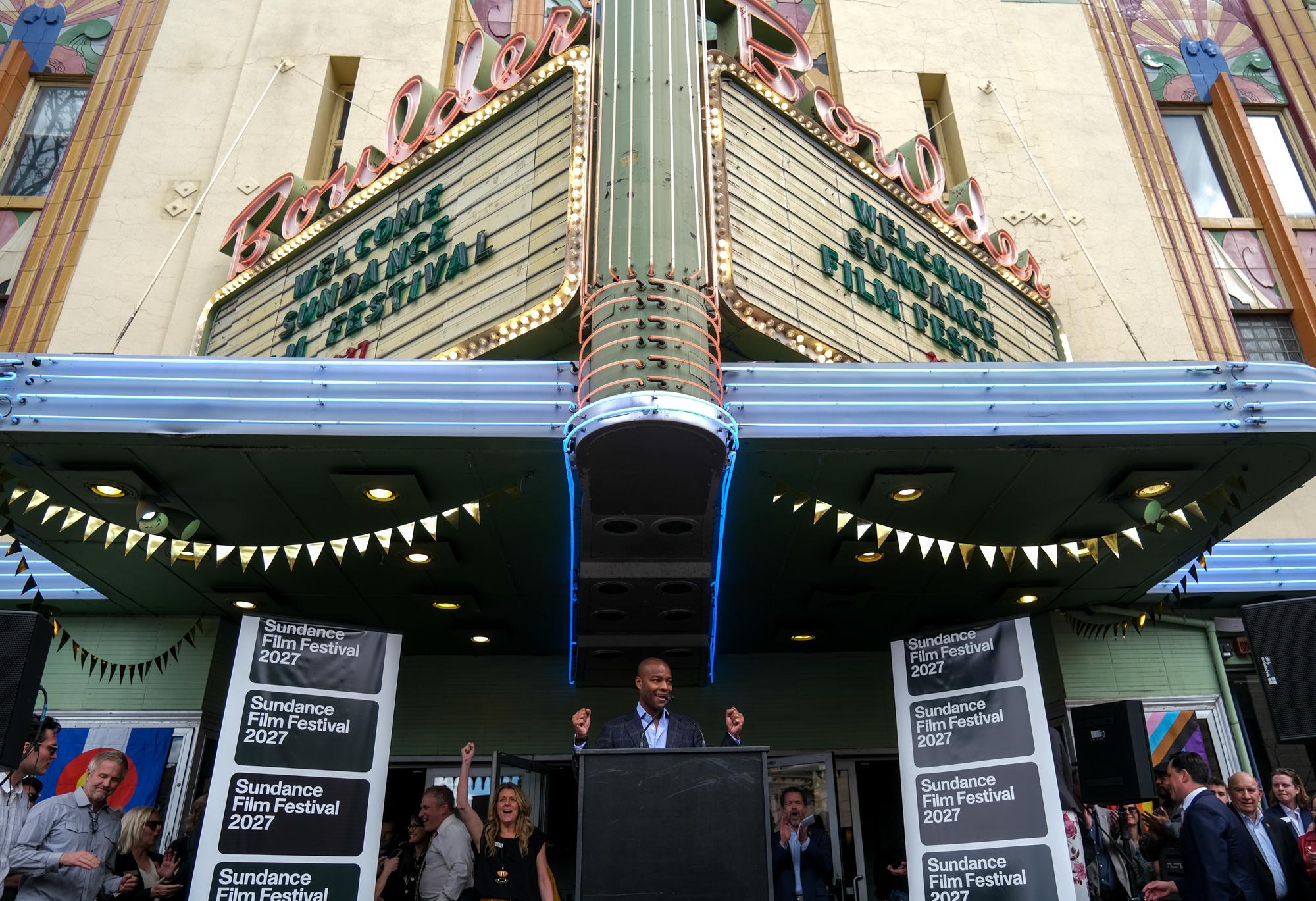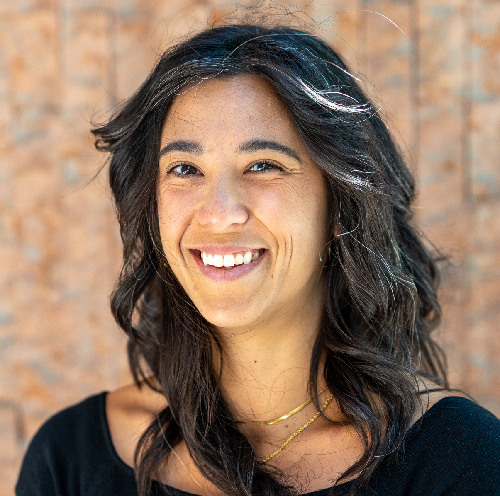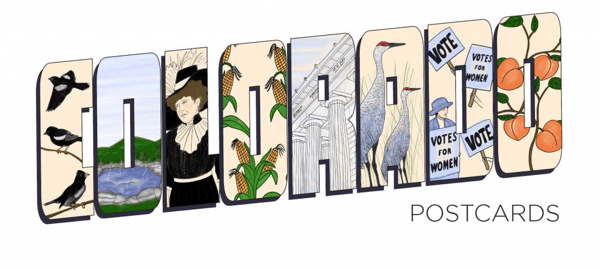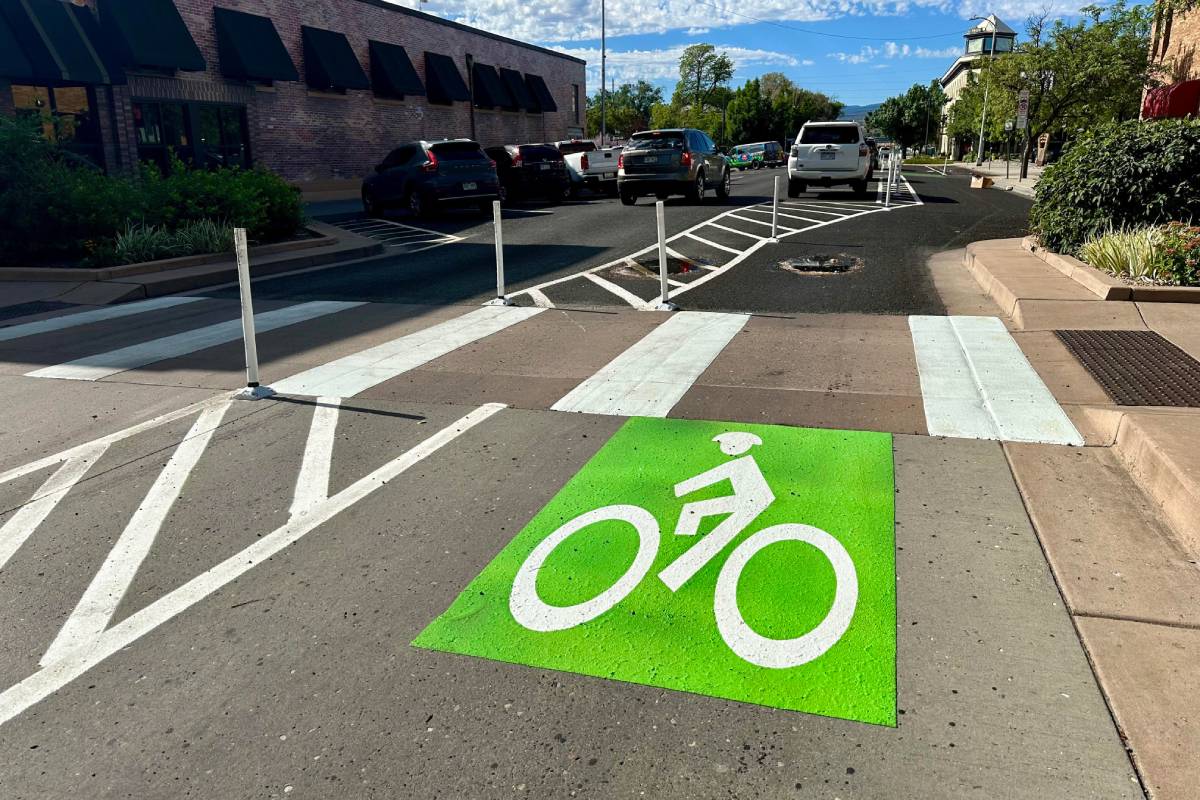
Last summer Grand Junction got its first protected bike lanes, and opposition to that change was front and center in the city’s election Tuesday. Candidates campaigned against the bike lanes in mailers, calling it a “mess,” and residents focused on the changes downtown in city council meetings and letters to the local newspaper.
On the ballot, voters ultimately backed three City Council candidates who campaigned against the bike lanes: Robert Ballard, Ben Van Dyke and Cody Kennedy were elected, along with a fourth candidate, Laurel Cole, who ran unopposed.
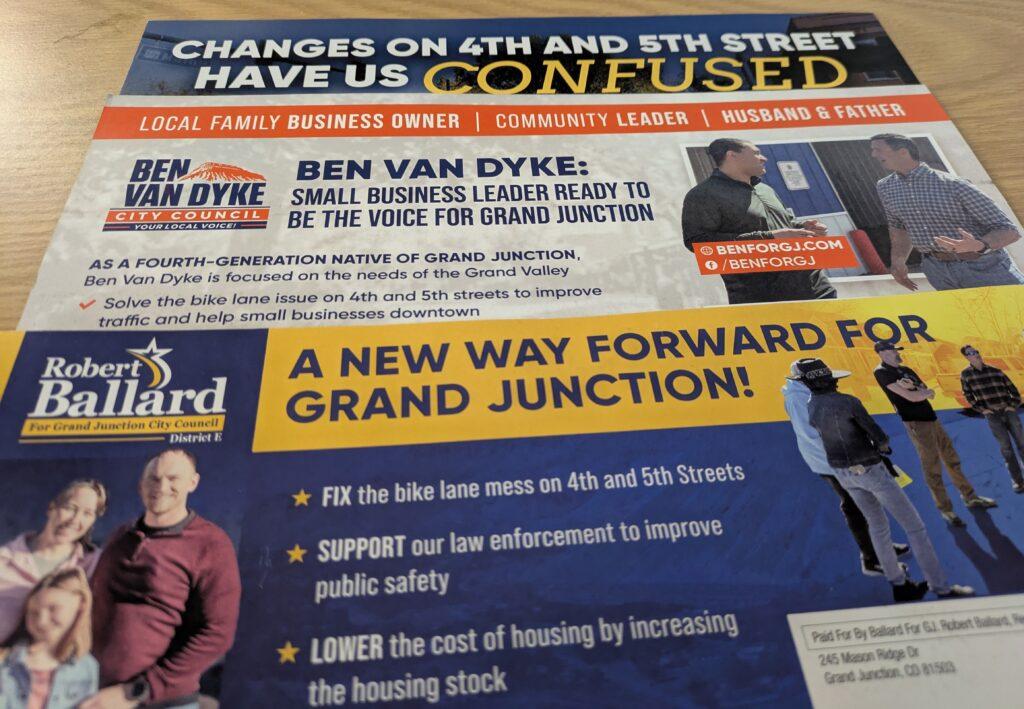
The bike lanes on Fourth and Fifth Streets were part of a pilot project aimed at slowing traffic through downtown and improving safety for bikes and pedestrians. Before the change, each street had two lanes, and they were regularly used by drivers commuting into town from areas like Orchard Mesa, and Delta and Montrose Counties.
After the change, white bollards constricted traffic flows, bike lanes were moved behind parallel parking spaces and totally out of the way of traffic and the lanes choked from two lanes to one. The slowdown for cars prompted months of outcry from residents at public meetings, on social media and in the newspaper.
As a pilot project, the design of the roadway has been adjusted multiple times and further changes were scheduled for this spring once temperatures got warm enough to repaint the roads.
Switching gears on street plans
Kennedy, an incumbent, was the most prominent voice on the city council objecting to the changes. But he blanched at the notion that the results of the race were a mandate from voters and said changes to the street design would go through the normal council process.
“Oh, I don't like that term mandate. I'm a collaborative person and I think it's important that we approach anything with an open mind,” Kennedy said.
Ballard, a newcomer to the council and a resident of the Orchard Mesa area south of downtown, however, said he did take the results of Tuesday’s election as an indication that it was time to wind the clock back on the changes to the downtown area.
“The people have been asking for their two-lane streets back on Fourth and Fifth Street, and so they deserve to have those back. What that looks like, whether that goes back to the original setup or whether or not that's kind of a hybrid of what we've got, they want those double lanes back and we're going to bring that to them,” Ballard said.
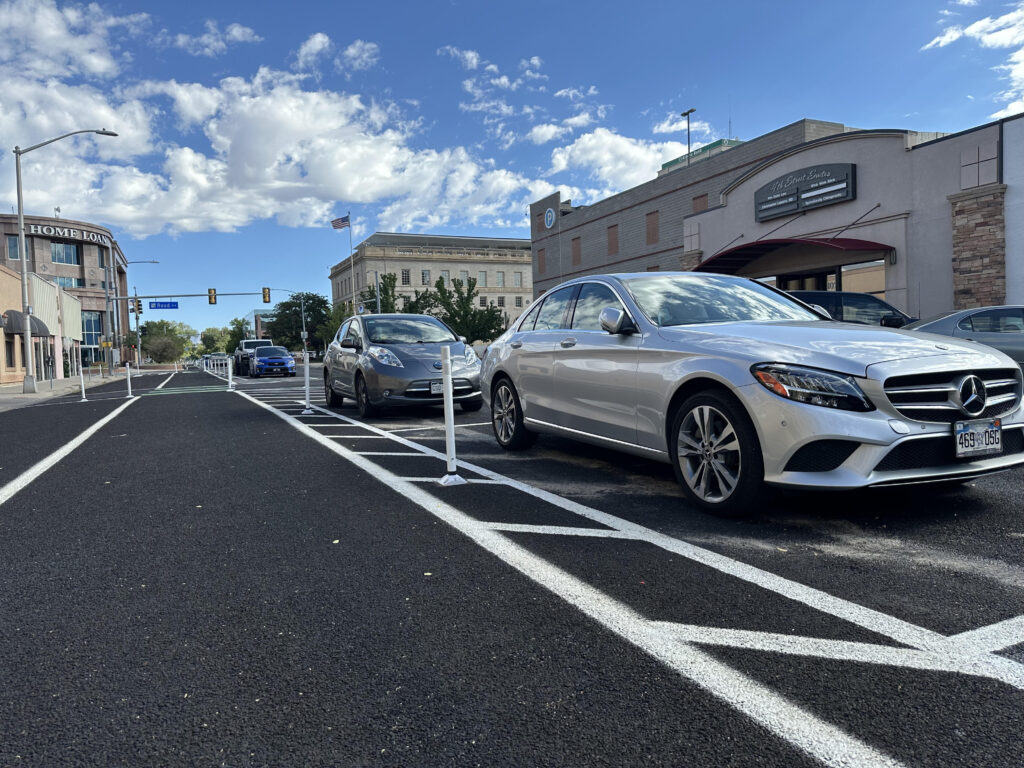
While Councilmember Jason Nguyen supported the revisioning of the roads, “I think it would be foolish to ignore kind of the visceral anger that was around these changes,” he said.
He still believes the reasons behind the changes were sound and thinks part of the problem was poor messaging. Nguyen, who uses the bike lanes on Fourth and Fifth himself, thinks opponents of the changes focused the conversation on inconvenience for motorists as opposed to bike and pedestrian safety.
While he doesn’t know what the newly configured council will envision for the streets, he said that maybe restoring two car lanes while finding a way to keep the new bike lanes could be “more politically palatable.”
Controversial changes downtown also include an unhoused resource center
Van Dyke, who could not be reached for comment, campaigned not only on the street changes but also another downtown flashpoint — a resource center for unhoused residents that opened in January 2024 and has been the subject of hours of debate. Currently, the resource center sits adjacent to a car wash he owns, though the center is slated to move its services out of downtown in the coming months.
Kennedy, a former police detective who also raised safety concerns over the resource center, said council will continue to work on how to handle the unhoused crisis and he expects the process to remain deliberative.
Tuesday’s election could remake the character of the city council, shifting it farther right than it has been in recent years. Even though Grand Junction tends to vote conservative, for the previous two city council elections, most of the progressive and moderate candidates beat their more conservative rivals. Council member Scott Beilfuss, former head of the county’s Democratic party, was disappointed by the results, but said he was looking toward the future.
He worries about how tariffs could impact the local economy and how the community is in desperate need of more affordable housing, among other issues. He hopes the newly remade City Council doesn’t simply undo everything the previous council did, including the creation of the unhoused resource center, which is unique on the Western Slope.
“I’m concerned that people will get frustrated and just drop it, and we’ll have a homelessness problem all over town,” he said.
More than anything, Beilfuss hopes the new council can work together to solve problems.

